| Bob Siederer | Aug 29 |
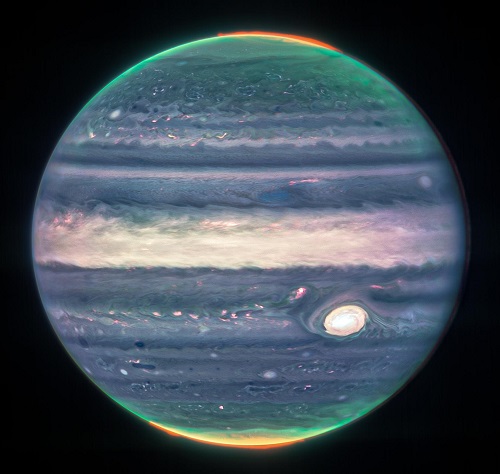
| Bob Siederer | Aug 29 |

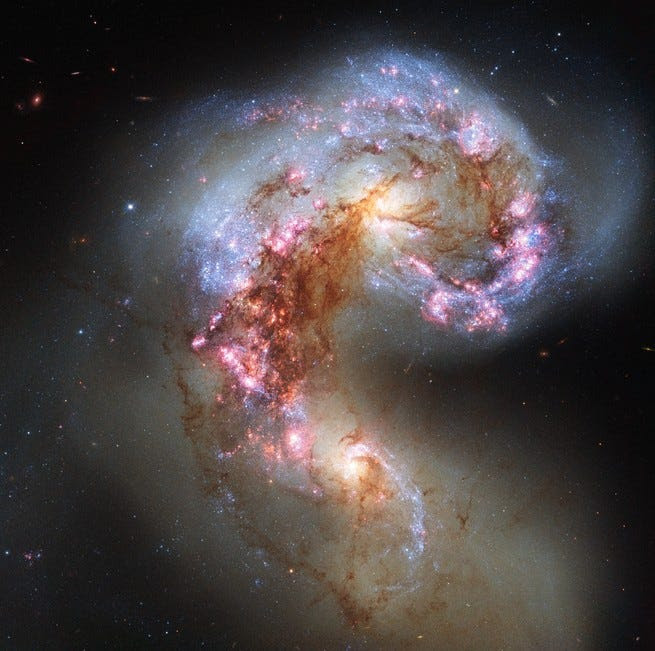
Hello again Science Fans!
Almost a month ago, July 24th to be exact, was the last SciSchmooze I wrote. David
Hello again Science fans!
Before we go back in cosmic time today, I want to tell you about a more recent find (“recent” being relative, of c
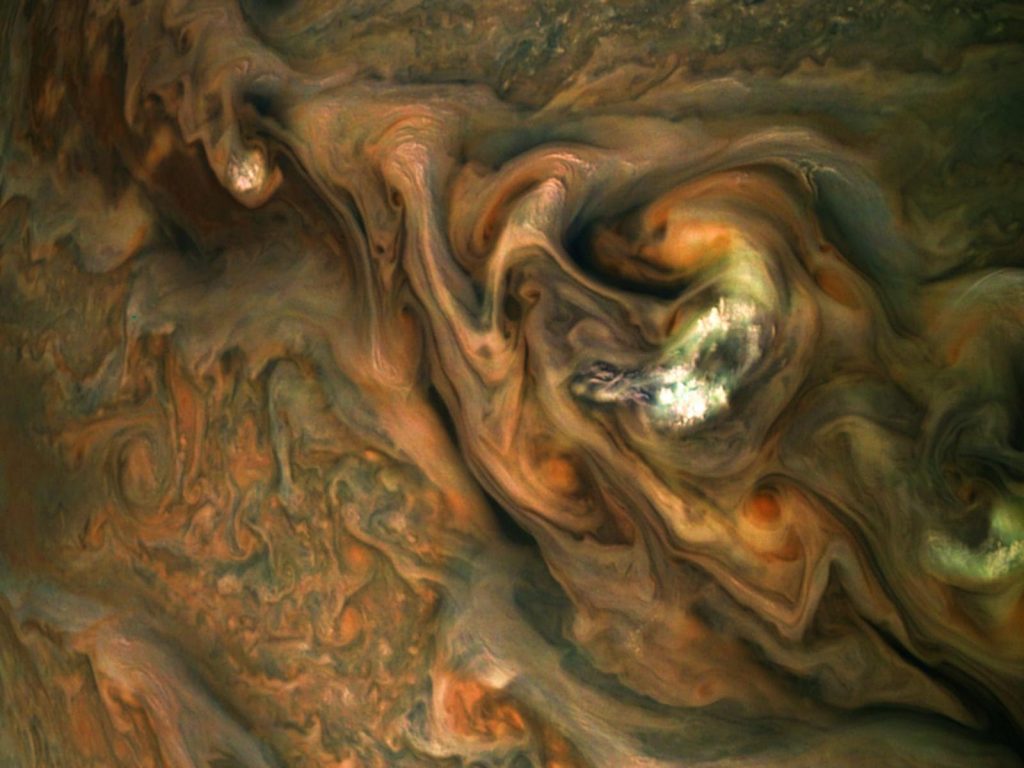
Hello again fans of Science and Reason.
Particularly if the later is part of your DNA, then your head is probably spinning this week following two decisions by the US Supreme Court, one on guns, the other on abortion. We can’t ignore the elephant and blithly go on talking about events in the science community this week without addressing these but we’ll add some science to the debates.
For a historical perspective on the Court’s decision to remove a constitutional right from the American people (the first time that has happened, and one considered a fundamental right by most liberal democracies in the world) I’ll provide a link to
Hello again Science Fans! We’re in for a week of summer-like weather. While this isn’t unusual for the Bay Area, other parts of the country and world are experiencing record heat and other oddities. the Denver area was in the 80s one day this past week, followed by snow the next that broke numerous tree branches. In Spain,
Hello again Science Fans! I don’t know about you, but I’ve always had a pretty good sense of direction. Way back when I was young, my mother would take my sister and me to New York City during spring break from school. We would come up out of the subway and I’d always be able to figure out which way to t
Hello again Science Fans! First off, Happy Easter, Passover, Ramadan, or whatever you are celebrating today. I’m happy to report that my Ukrainian friend successfully got out of the country to safety with her daughter. So many have not been able to, or lost their lives trying. Imagine the uncertainty she faces now, in a country where she doesn’t speak the language and has no social support. Her daughter fell and chipped one of her front teeth yesterday. At home, that would prompt a quick visit to the doctor. Now, she’s unsure what to do. It is a daunting situation, but much better
from the desk of Bob Siederer Hello again Science Fans! I fully realize that with a subject line/title such as the one I wrote this week, I run the risk of shooting myself in the foot with an unclear editorial today. Ah, the risks we take… As I’m sure you know, California faces a serious drought condition. While the rain and snow we received so far has lessened the severity, the drought is far from broken. So we’re under water use restrictions that call for a 15% reduction
Hello again Science fans. We hope your holidays have been happy and bright! This is the last SciSchmooze of 2021. It has been quite a year. Let’s take a look back at some of the most significant science events of the past 12 months. COVID-19 Just when it looked like we might be getting the upper hand on the pandemic in the US, the D
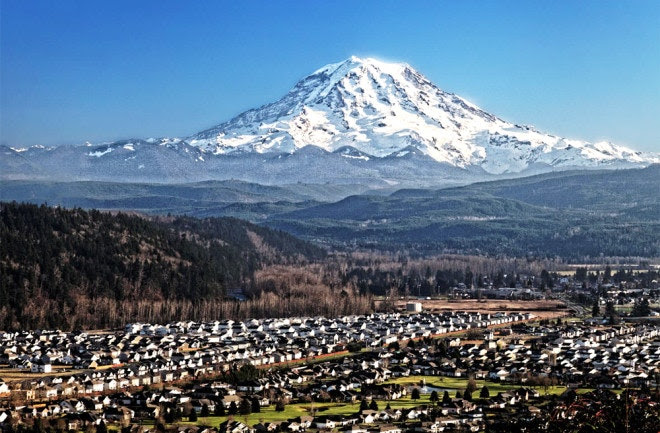
Cosmic Dancing with the SciSchmooze
Celebrating Earth Day with the SciSchmooze
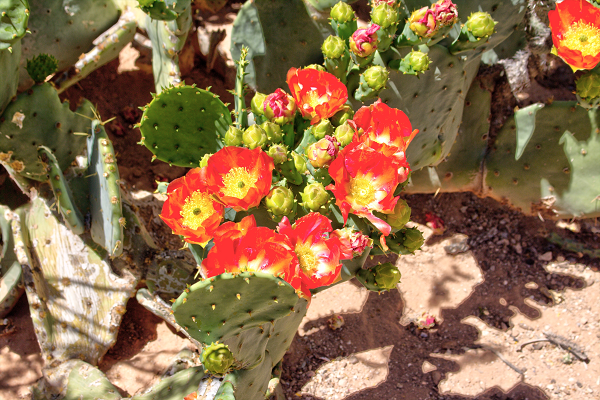
Thinking of Ukraine at the SciSchmooze

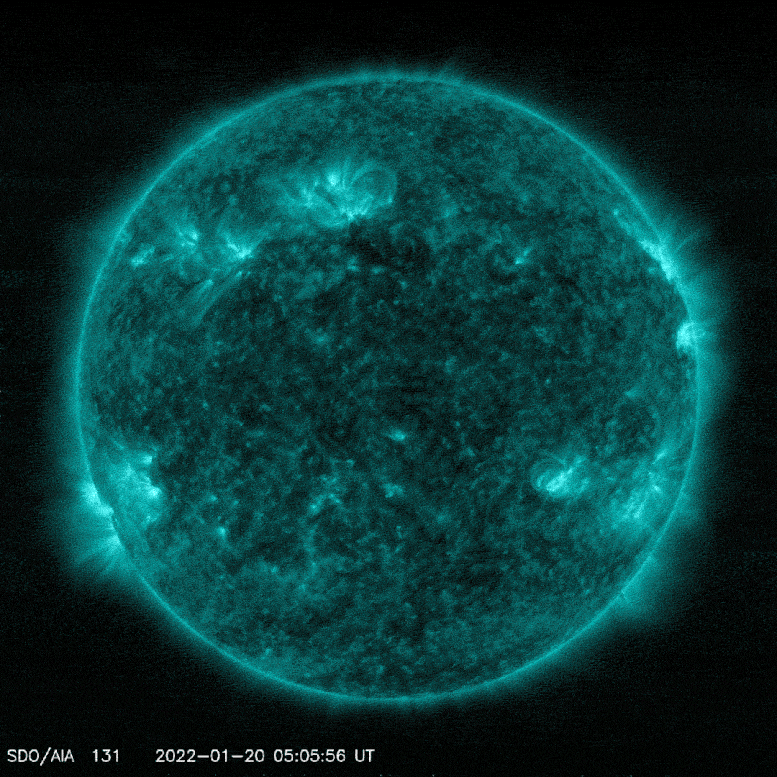
A 2021 Review with the SciSchmooze
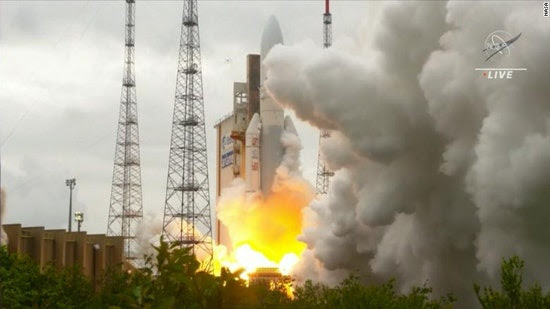
The most persistent story of the year has to be COVID-19. Early in the year, two mRNA vaccines were approved for emergency use by the Centers for Disease Control and the US started rolling out vaccinations against COVID. There were peaks and valleys in the measurement of cases and deaths, but clearly the vaccines had an impact, and came just in time.